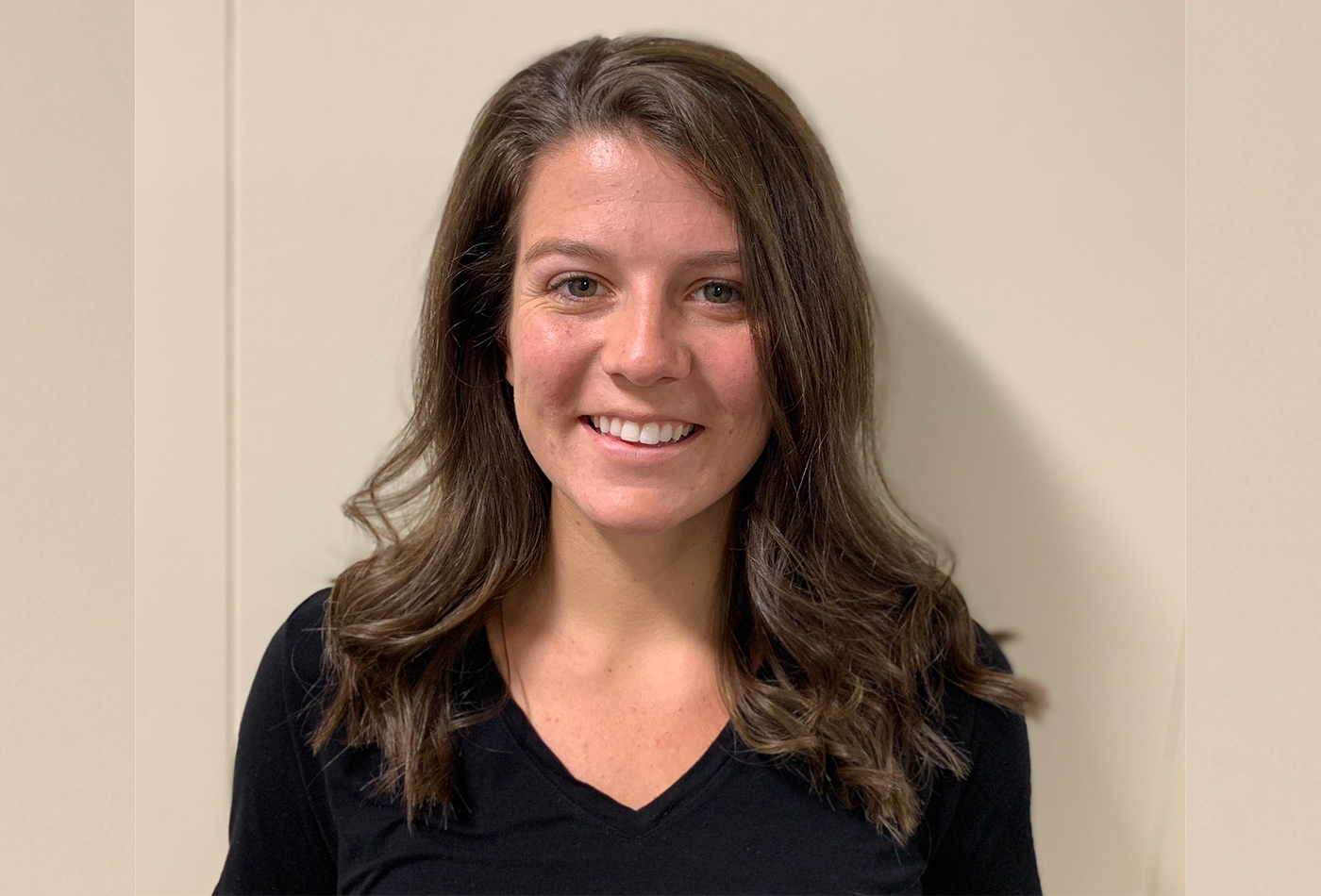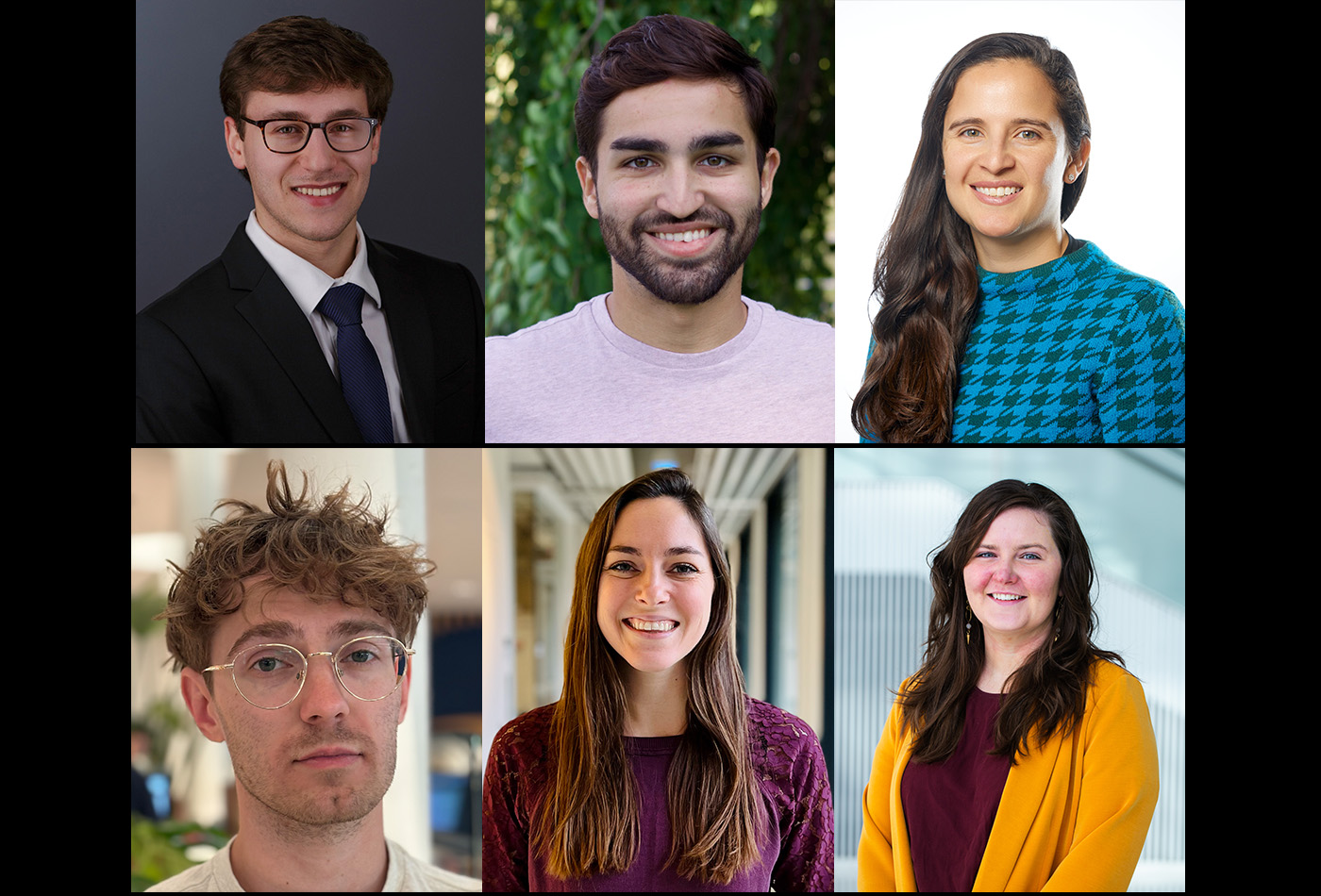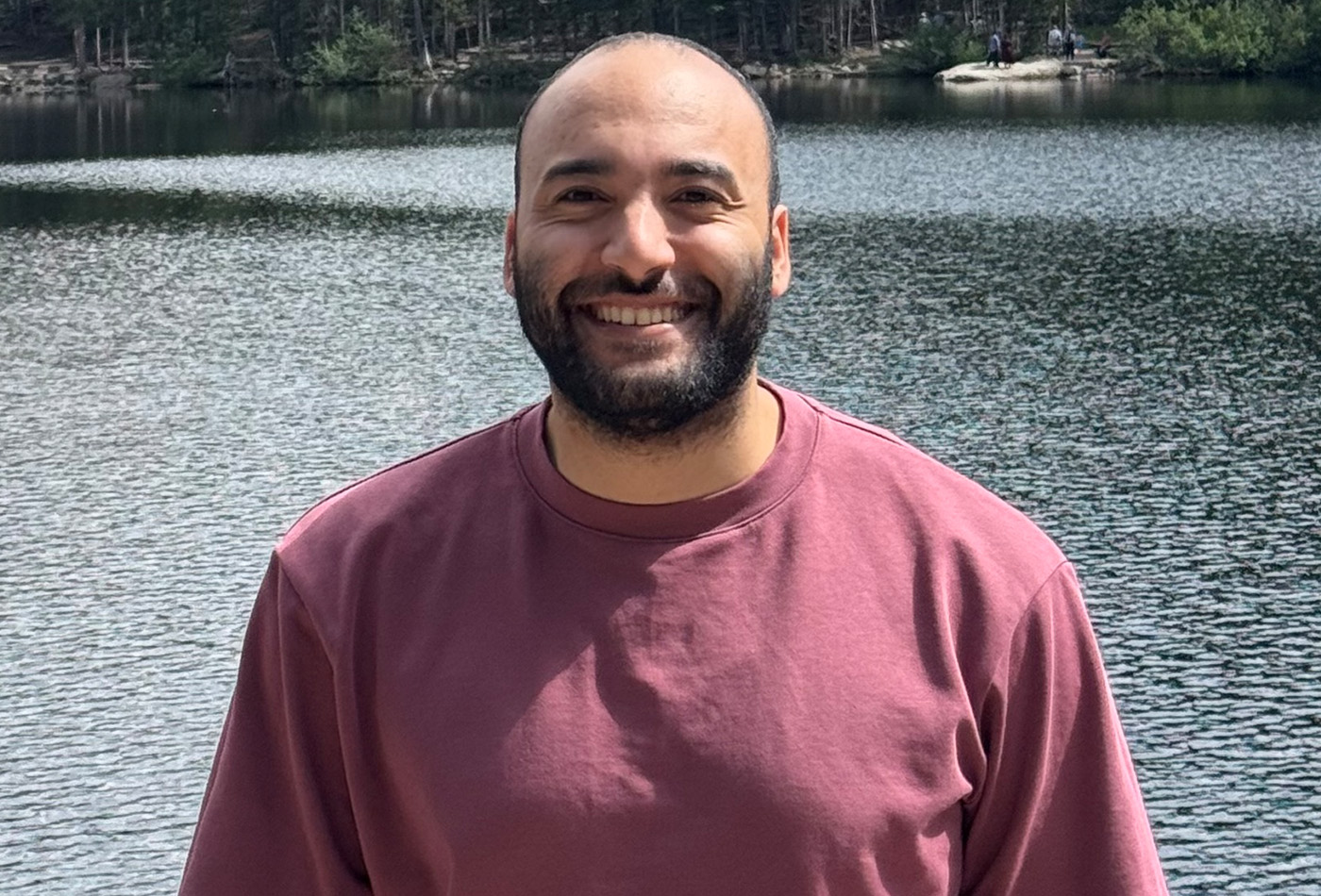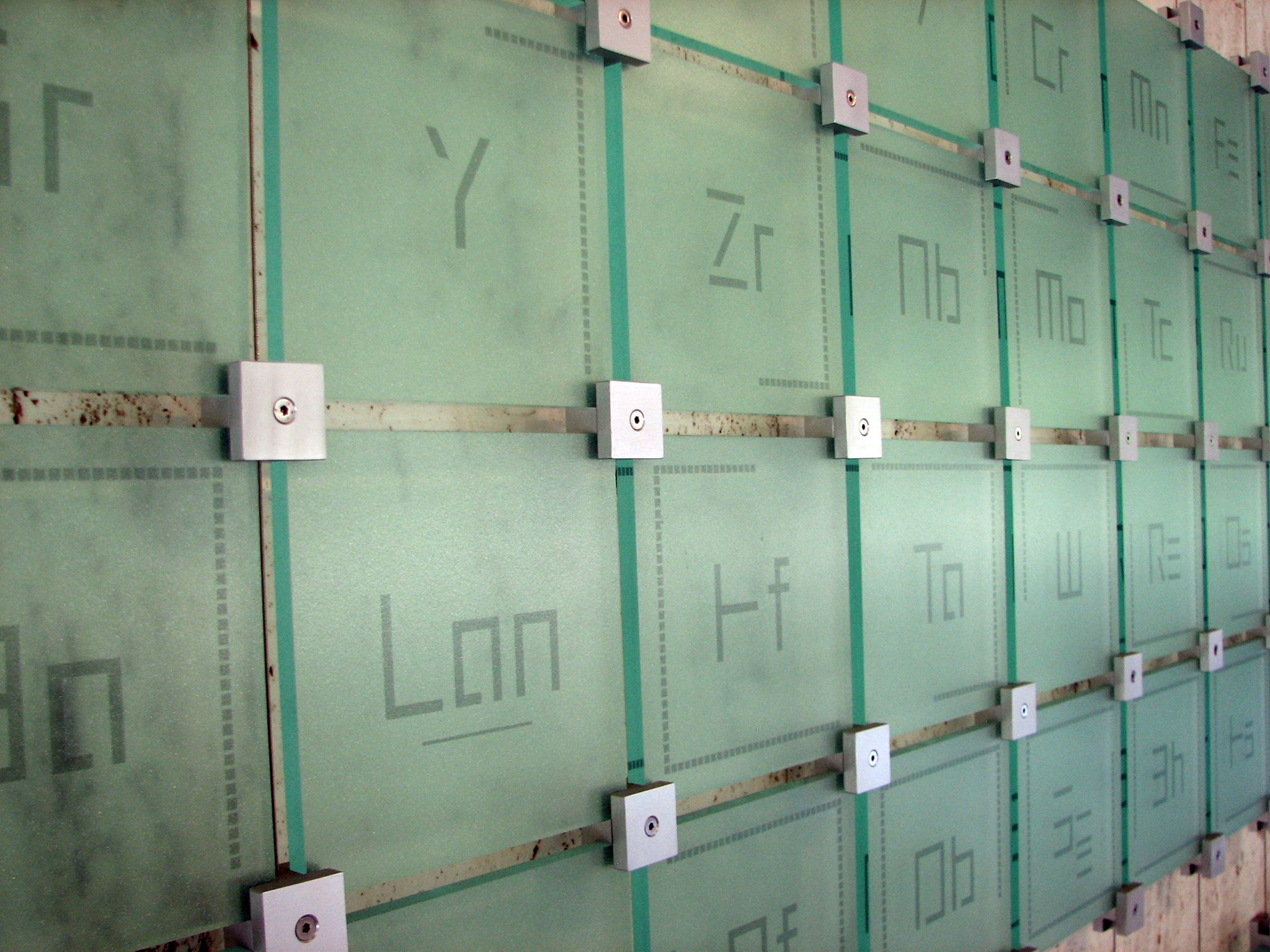Kimberly Hollister receives AAUW American Dissertation Fellowship
Founded in 1881, the American Association of University Women (AAUW) has been one of the largest funders of women’s graduate education.
Kimberly Hollister has been chosen to receive a 2023-2024 American Association of University Women (AAUW) Dissertation Fellowship. Founded in 1881, AAUW is one of the world’s largest sources of funding for graduate women. Through these prestigious awards, AAUW has awarded over $135 million in fellowships and grants to more than 13,000 scholars and organizations in 50 states, Washington, D.C., Puerto Rico and Gaum and 150 countries.
Hollister, a 4th year graduate student in Professor Robert J. Gilliard, Jr.‘s research group, grew up in Bloomsburg, Pennsylvania and received her BS in Chemistry from Bloomsburg University of Pennsylvania. She went on to earn her Master’s Degree in Chemistry from the University of Virginia, and ultimately chose to pursue a PhD in the subject, as well.
“There are so many things that we don’t understand about how the world works, and I want to be able to understand it at its most fundamental level, a molecular level,” said Hollister. “I enjoyed making new molecules in undergrad and being able to take things from a basic small molecule and connect more pieces to make a complex structure. It fascinates me that we can use dangerous or toxic reagents and turn them into something that you can put into your body as medicine, or even use in your TV screens.”
Hollister’s research in the Gilliard Group focuses on the design and synthesis of novel boron heterocycles and a study of their electronic properties. She has isolated a number of highly reactive reduced boron species to better understand the bonding at an electron rich boron and how it can activate small molecules. Some of these reduced compounds have potential in energy storage materials or being used as molecular switches. Hollister has also looked at the photophysical properties of positively charged boron heterocycles for application in materials such as OLEDs, OFETs, and molecular sensors. Along with her fellow researchers, Hollister seeks to understand how she can synthetically modify the materials to tune optical bandgaps and induce desirable electronic properties (fluorescence turn on, increased efficiency, color change in response to external stimuli, etc).





